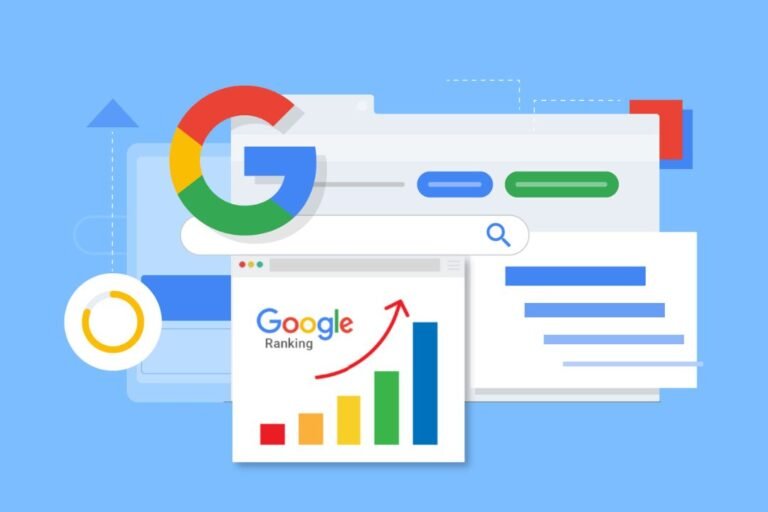Have you ever written an ebook, only to realize it doesn’t look right on Kindle but looks fine on your tablet? It’s like baking a cake that tastes great at home but crumbles at your friend’s party. Formatting an ebook isn’t just about words and paragraphs—it’s about making sure your story shines on every device, big or small.
In this guide, we’ll walk you through how to format ebooks for various platforms and show you why book publishing services can be a game-changer in this process. Whether you’re a first-time author or someone looking to polish their ebook for wider reach, this article is your blueprint.
1. What is Ebook Formatting?
Ebook formatting is the process of arranging your manuscript so that it looks professional and functions properly on digital reading devices. Think of it as interior design for your ebook—arranging chapters, fonts, images, and spacing so readers enjoy the experience.
2. Why Formatting Matters
Have you ever opened a book with broken paragraphs, weird symbols, or jumbled text? Bad formatting ruins the reading experience. Proper formatting ensures:
- Readability across devices (phones, tablets, e-readers)
- Better reviews and ratings
- Higher chances of approval on publishing platforms
3. Understanding Different Ebook Formats
Different platforms accept different file types. Here’s a quick breakdown:
- EPUB – Used by Apple Books, Google Play Books, Kobo, etc.
- MOBI/AZW – Used by Amazon Kindle (though EPUB is now accepted too)
- PDF – Best for fixed-layout or print-ready books
Each format behaves differently, so it’s important to pick the right one.
4. Formatting for Amazon Kindle (KDP)
Amazon dominates the ebook market, so Kindle formatting is crucial.
Tips for Kindle Formatting:
- Use Kindle Create or Calibre for best results.
- Stick to reflowable text so it adjusts on all screens.
- Use proper chapter headings (H1, H2) and table of contents.
Pro Tip: Kindle doesn’t play nice with fancy fonts or tables—keep it simple.
5. Formatting for Apple Books
Apple Books supports the EPUB format. It’s clean, flexible, and widely accepted.
What You Need to Know:
- Use Pages (Mac users) to export directly to EPUB.
- Ensure your images are high resolution (300 DPI).
- Use Apple Books Preview to test your layout.
6. Formatting for Google Play Books
Google Play Books also uses EPUB and works well with reflowable layouts.
Key Tips:
- Avoid DRM-heavy files if you want wider access.
- Make sure your metadata is accurate.
- Test your file using Play Books Partner Center.
7. Formatting for Kobo
Kobo accepts EPUB and EPUB3, which allows for richer formatting features like animations and audio.
What to Keep in Mind:
- Use Kobo Writing Life for uploading.
- Follow Kobo’s style guide to meet standards.
- Test using Kobo’s preview tools.
8. Choosing Between Reflowable vs Fixed Layout
Reflowable Layout:
Best for novels and text-heavy books. Content adjusts based on screen size.
Fixed Layout:
Best for children’s books, cookbooks, and graphic novels. The layout stays the same, like a PDF.
Analogy: Think of reflowable like water—it takes the shape of its container. Fixed is like ice—it stays the same.
9. Essential Formatting Elements
Here’s a quick checklist for a clean ebook:
- Title Page
- Table of Contents (TOC)
- Consistent Font Size
- Paragraph Indents or Spacing
- Clickable Links
- No Orphan Words (lonely words on new pages)
These elements help your book appear polished and professional.
10. Tools for DIY Ebook Formatting
Don’t want to hire someone? Here are some tools to help you DIY:
- Calibre – Free, powerful tool for converting formats.
- Reedsy Book Editor – Great online tool for writers.
- Kindle Create – Official Amazon tool.
- Sigil – Open-source EPUB editor.
While DIY is doable, it’s a steep learning curve.
11. Benefits of Using Book Publishing Services
Let’s face it—formatting can be frustrating. That’s where Book Publishing Services come in. These professionals know the ins and outs of each platform and handle formatting, editing, cover design, and distribution for you.
Why Use Book Publishing Services?
- Saves Time & Hassle
- Ensures Platform Compliance
- Better Presentation = More Sales
- One-Stop-Shop for Publishing Need
If you’re serious about your book’s success, investing in a service might be your best bet.
12. Common Formatting Mistakes to Avoid
Even small mistakes can cost you approval or reader trust.
- Improper TOC that doesn’t link
- No page breaks between chapters
- Inconsistent fonts and margins
- Images that don’t resize
- Missing metadata
Proofread like your book depends on it—because it does!
13. Testing Your Ebook on Multiple Devices
Just because it looks good on your laptop doesn’t mean it’s perfect on a phone.
How to Test Effectively:
- Use emulators like Kindle Previewer
- Upload test files to your devices
- Ask beta readers for feedback
It’s like test-driving a car before buying it—you want to make sure it runs smoothly.
14. Updating and Maintaining Your Ebook Format
Books aren’t “set it and forget it.” Readers report typos, platforms update features, and trends evolve.
- Regularly check formatting after updates
- Revise based on reader feedback
- Update your call-to-action links
Keeping your ebook fresh maintains your professional image.
Final Thoughts on Ebook Formatting
Ebook formatting is more than a technical step—it’s part of the reader experience. A well-formatted book builds trust, boosts sales, and gets better reviews. Whether you go DIY or hire book publishing services, putting care into formatting is a wise investment.



